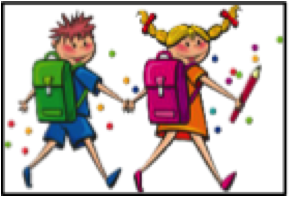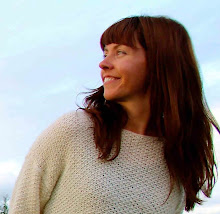Meeting a number of different people associated with various roles really brought the project to life for me. Particularly, it highlighted the large scale of the intervention, and all of the different levels of detail that need to be carefully considered. Of course, the little details can make a difference to the overall training and so it’s great that we have the time to think carefully about every component in turn. Each meeting I attended in Oslo was carried out in English – with kind consideration of my extremely limited ability to speak Norwegian (currently I am only able to say ‘hello’, ‘goodbye’, ‘thank you’, ‘how are you’…and not very much more! So, learning some Norwegian is a definite side project that I hope to work on!).
In the group meeting on the 5th there were 3 main components that I took away (and perhaps others did too); these were:
- The nature of the stories used for the intervention (content, style, how the story will be told). Also highlighted, was how we will be including different vocabulary words in the story, this brought to light the practicalities and challenge of incorporating story lines that are interesting and stimulating for the children; written in an engaging style, and also including the relevant vocabulary items (or associated items) to allow for training of these words.
- The Picture books. Although the stories will each be written in full, children will be trained using picture books (i.e., no words), with the pictures representing the written story. Hence, this intervention really does focus on vocabulary, rather than any reading component, at this stage at least. The picture book approach is a great way to encourage natural conversations that include new words (or links to new words) for the child’s vocabulary. This is of course driven by the story itself, and also of key importance is the script, which cues the teacher’s questions to expand natural vocabulary use. Good storytellers are needed to engage the child, and so the scripts need to aid the teacher in their story telling as much as possible.
- The vocabulary words. How many words should the child be learning each week? How many words should the children learn in depth? What types of words should be trained? (How can this be systematically controlled to some extent?). Also, how will we carry out the vocabulary depth training for each word? So clearly plenty to think about here! The key points were that the words are based on appropriate age of acquisition, and the words should be relevant to children’s social and academic development.

It felt very productive to have different members of the team integrated, and lots of feedback was generated.
Another meeting is scheduled for early 2015, hopefully the project will then be moving further along, with new and improved stories written (the author of the stories is currently hard at work), and there will also hopefully be some developments regarding the style of the pictures in the picture books for these stories (i.e., how they will look), which I am very excited to see! By then there will also
be a more definitive list of vocabulary words to be included in the intervention.
In the meantime, other important details, such as the daily/weekly time frame of the intervention and the nature of the vocabulary intervention will also be under development and discussion. For example, the components of the words that will be trained and how these will be trained, such as whether all tasks should be carried out on the iPad.

While in Oslo I also had the opportunity to meet with Anne Grethe (teacher of special education/ also speech therapist), along with Kari-Anne, and we had a really useful discussion about what the vocabulary training should include, for instance: Semantic, phonological, grammatical, syntactic, and pragmatic aspects of the words. There are, of course, lots of different ways that these aspects could be taught in the training and we discussed some options. I think there is plenty more to think about here and it will be really useful when the wider group meets again to discuss preliminary ideas together too.
I will also be presenting some of the latest developments and plans at a group meeting in Bristol University with Prof. Chris Jarrold and colleagues to discuss some of the plans and to take on board any additional feedback from the group.
I very much look forward to the next project meeting in Oslo! It will be nice to meet others involved in the project again, and hopefully very productive. Also, I most certainly did not buy enough Freia chocolate on my last visit. Next time I visit Oslo I will buy a lot of chocolate, I will hopefully speak more (some!) Norwegian, and of course most importantly, we will see some further productive developments with the project too – more blog updates to follow.
Liz
(Bristol University)










Ingen kommentarer:
Legg inn en kommentar